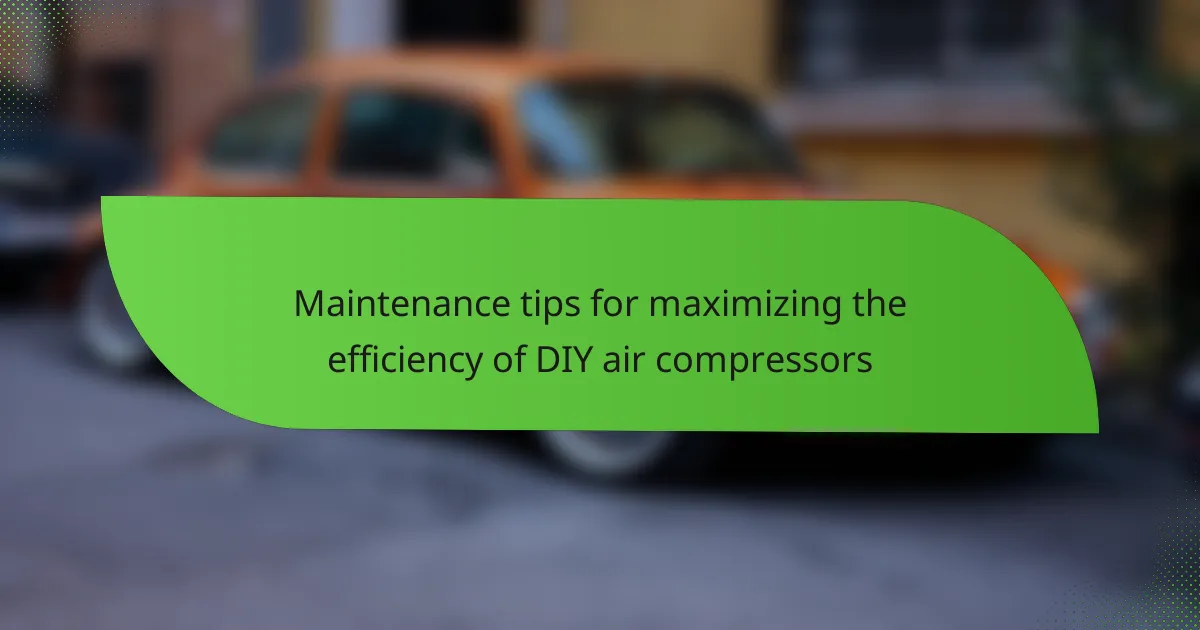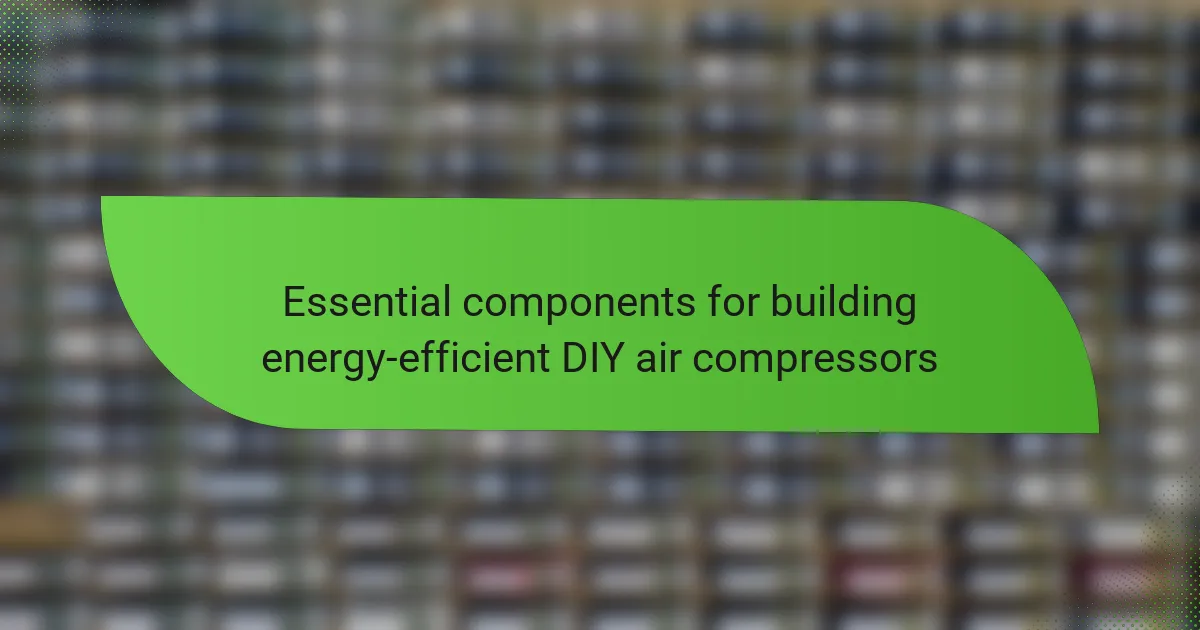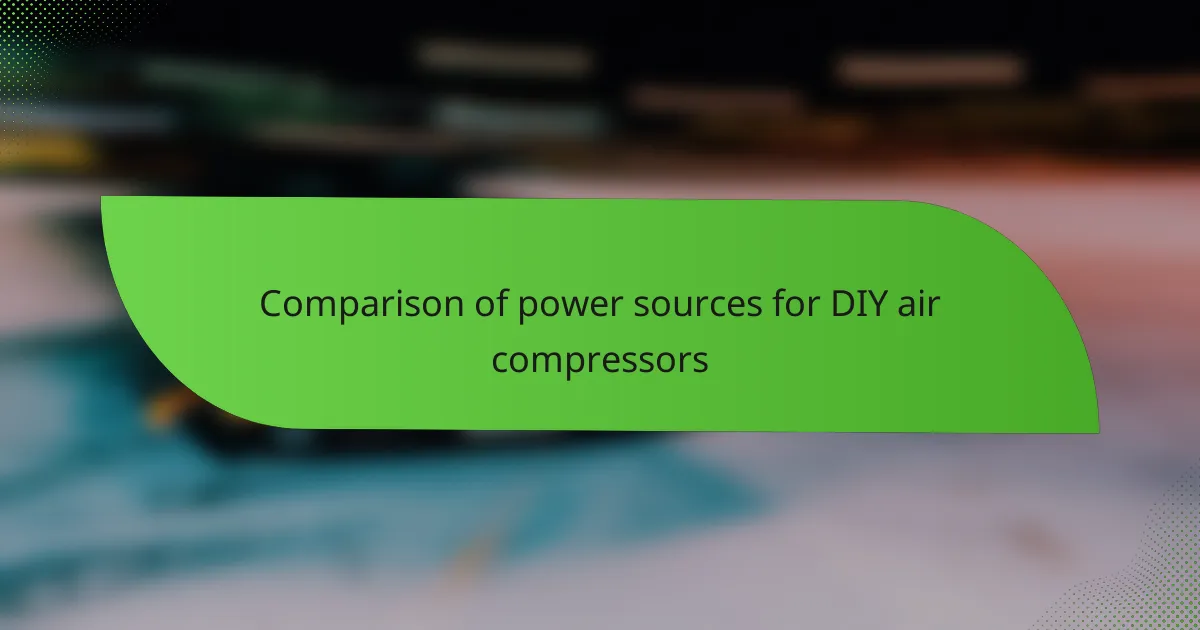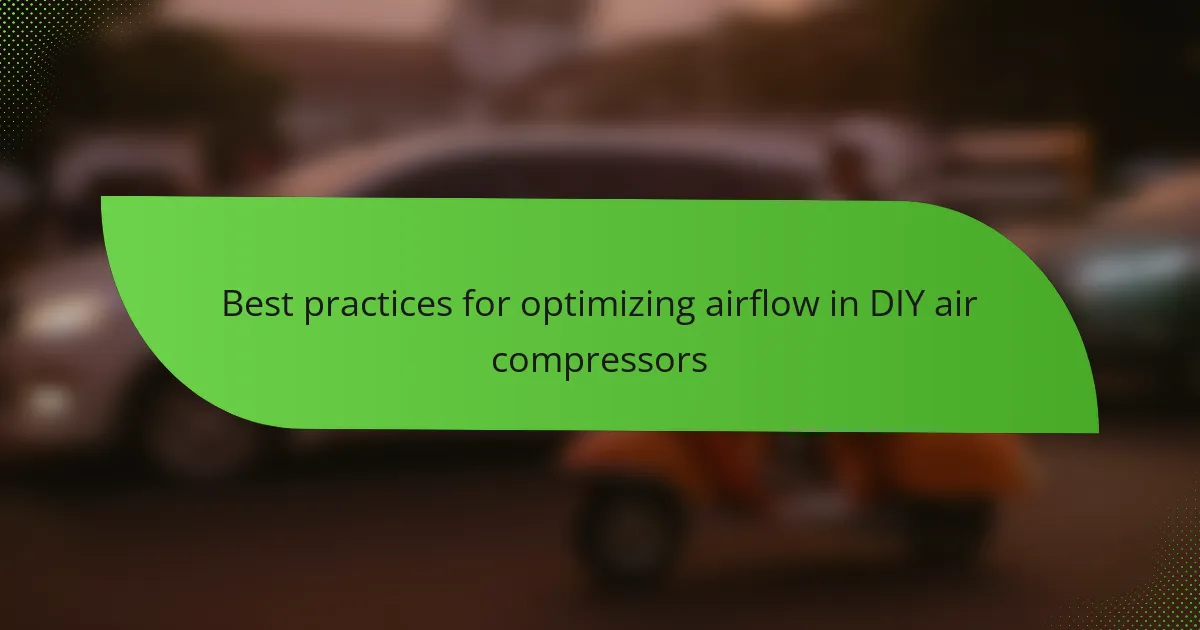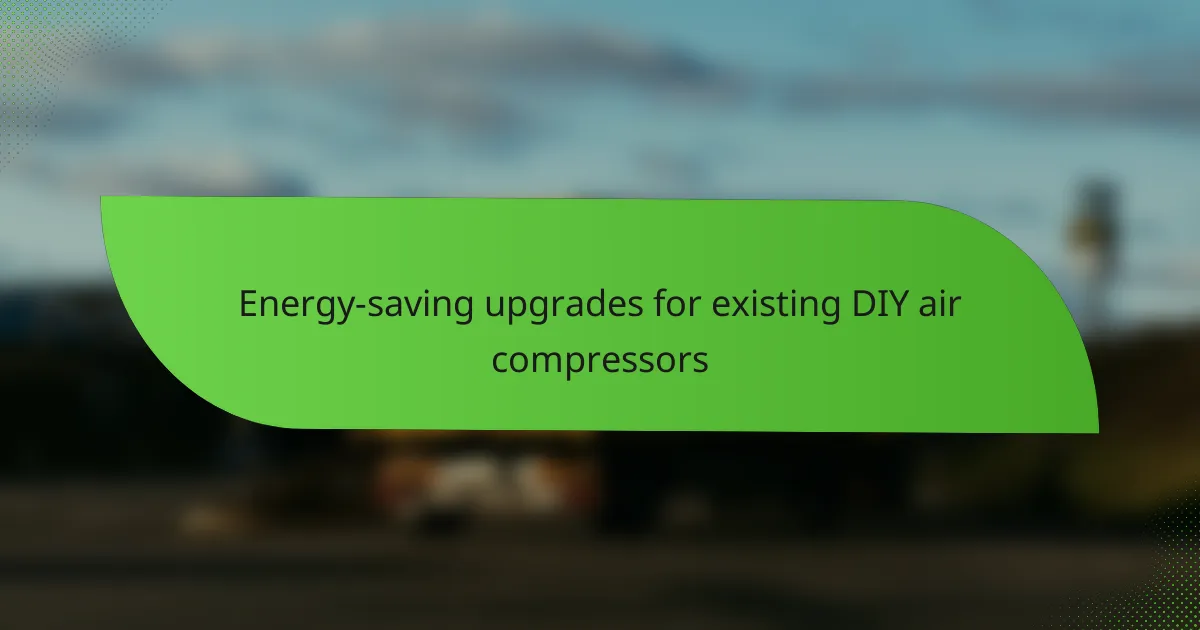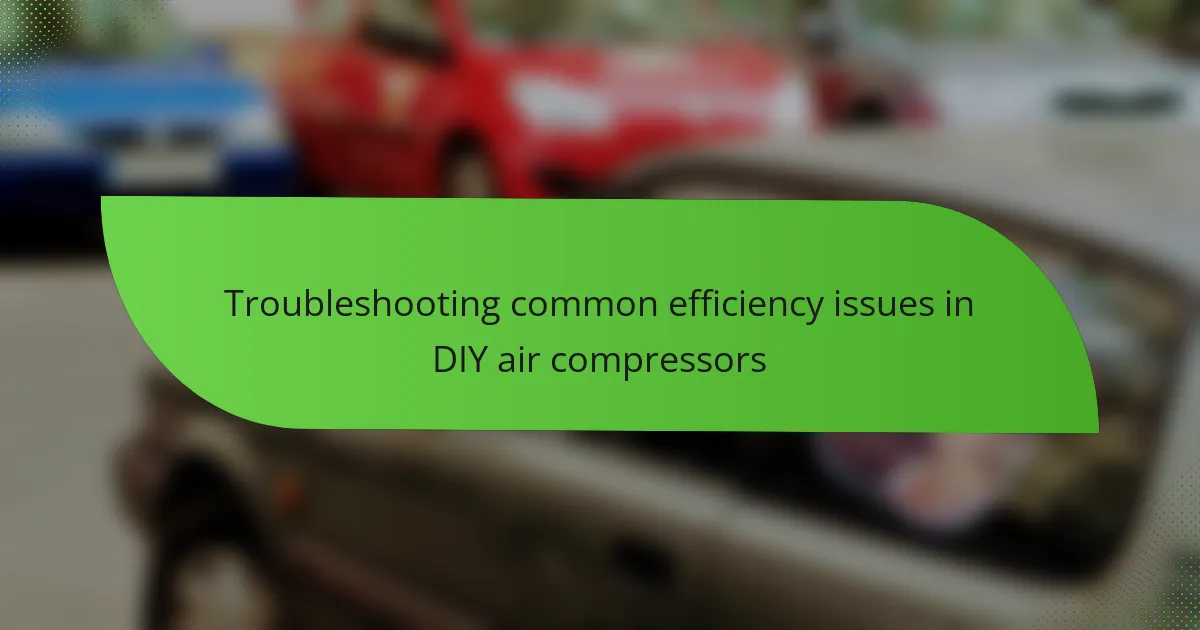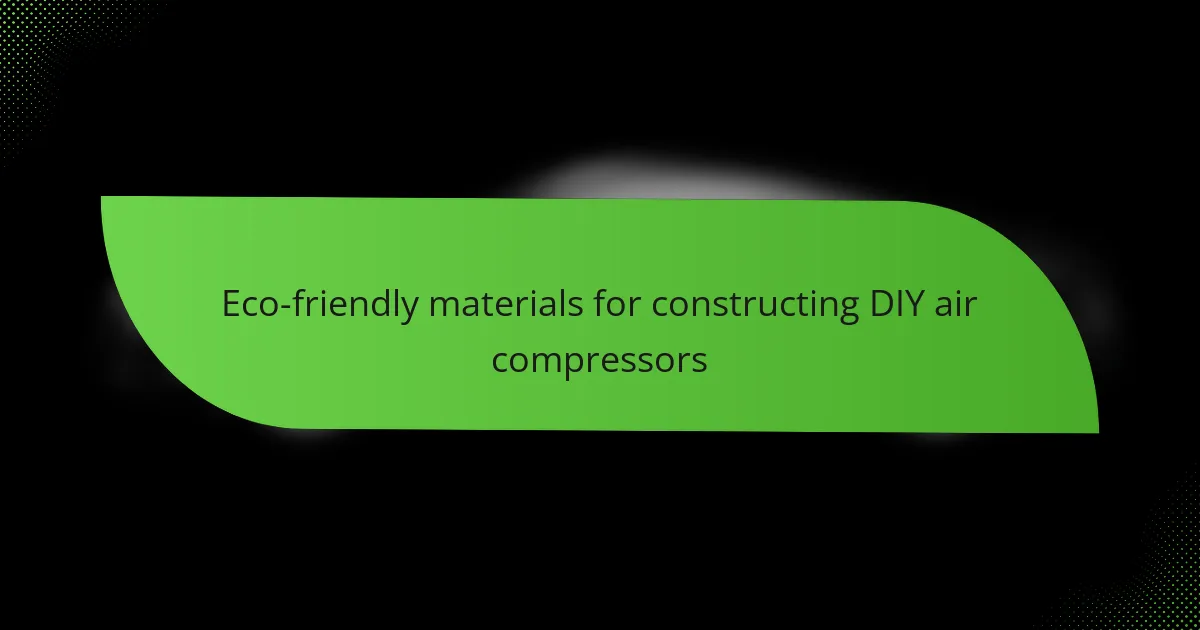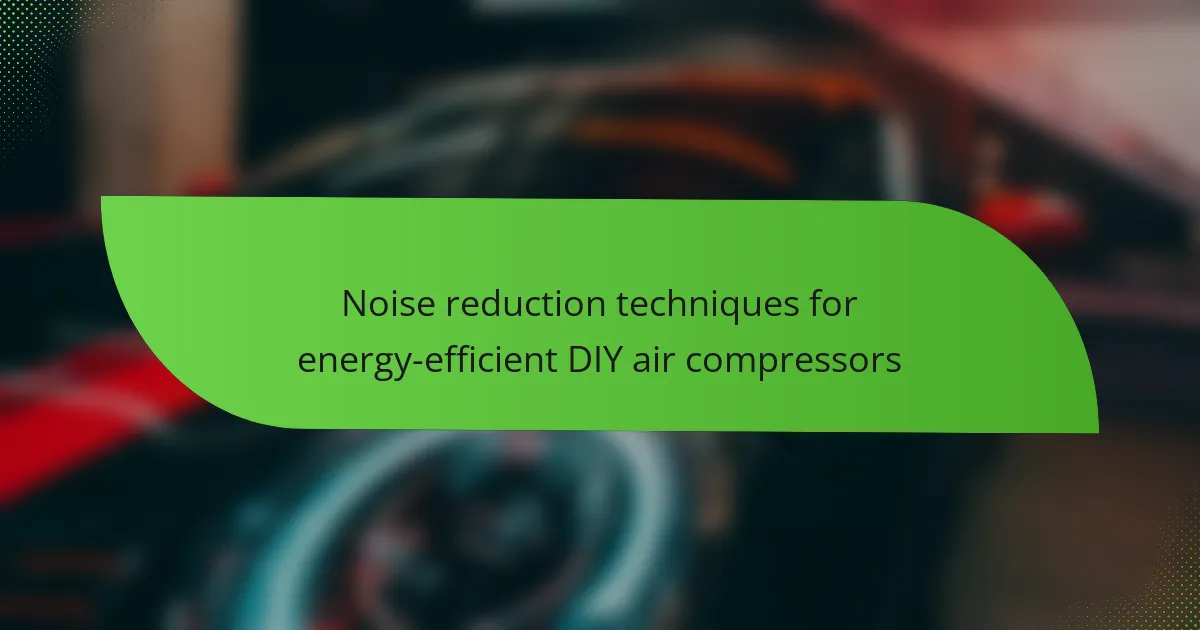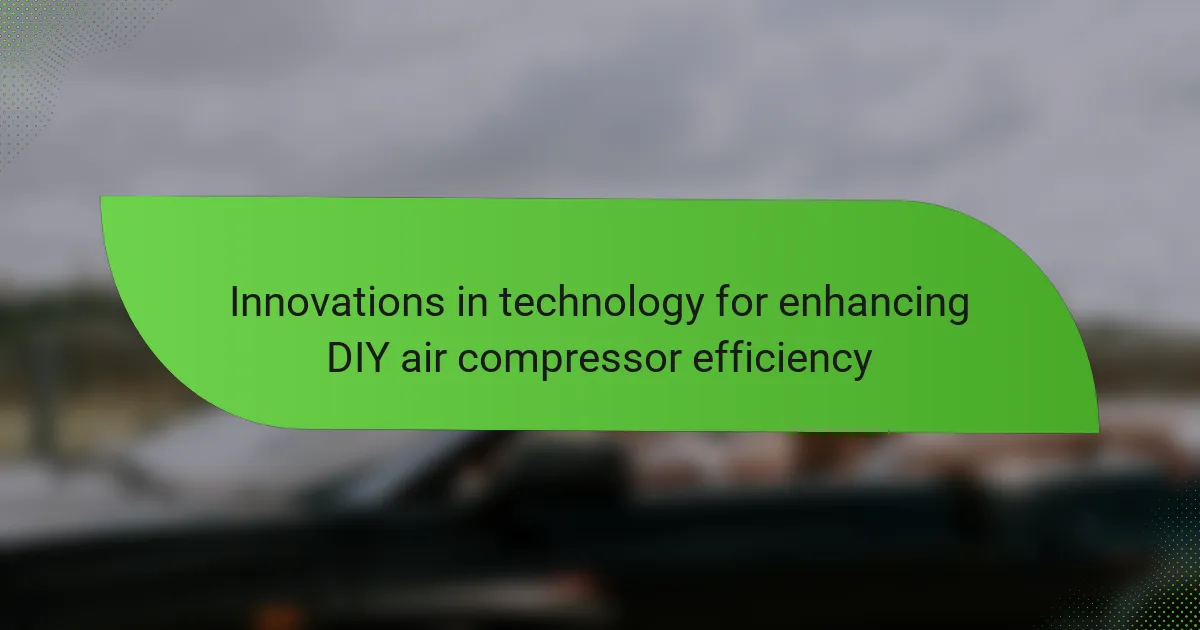
Innovations in technology for enhancing DIY air compressor efficiency
The article focuses on innovations in technology aimed at enhancing the efficiency of DIY air compressors. Key advancements include variable speed drives, advanced motor designs, and smart control systems that collectively improve energy consumption and performance. These technologies can increase efficiency by up to 30% and facilitate remote monitoring through IoT integration. The article also…
